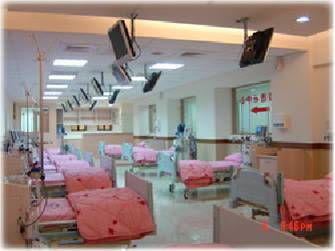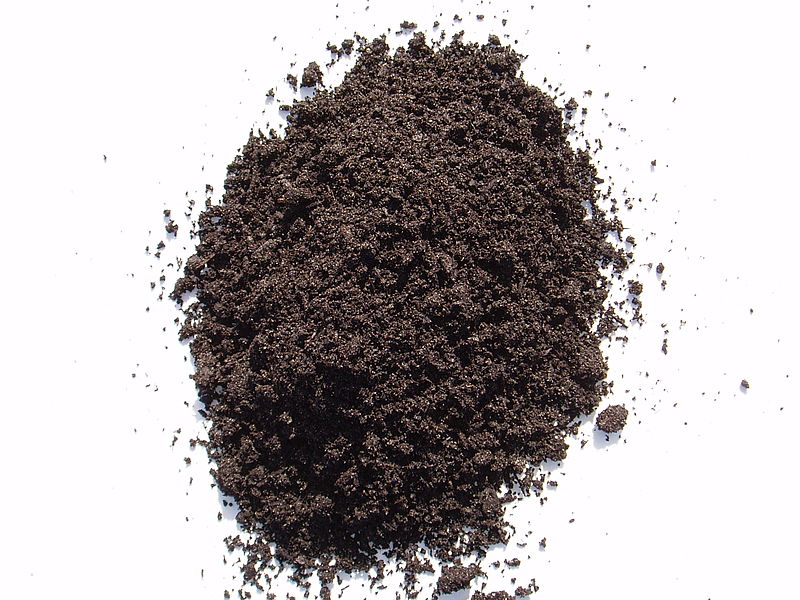Habitat
Where are you hiding?
Pseudomonas aeruginosa can be found living in some
very unusual conditions and places that are somewhat unexpected
for bacteria! Normally, this bacterium will be found
colonizing/growing at temperature conditions ranging between 35
and 42 degrees Celsius. In addition to its easily classified
temperature range, Pseudomonas aeruginosa is commonly
found in moist terrestrial environments such as soil, it may
also be found in some aquatic environments. Since
Pseudomonas aeruginosa is in such close association with
soil, it has also been found in plants. Since Pseudomonas
aeruginosa is a parasitic bacterium, its interactions with
plants are detrimental to the growth and development of the
infected plant (For more about other interactions visit my
interactions page!). Because of
the minimal nutritional requirements of this organism, it can be
found growing in some very odd places that meet
 those
basic requirements. For example, Pseudomonas aeruginosa
has been able to grow in very toxic environments associated with
a variety of fossil fuels. It can also exist outside of its
ideal temperature range in hot tubs and swimming pools when
nutrients are available. This kind of odd growth capability can
be attributed to this bacterium’s resistance to dyes, salts and
antibiotics. Pseudomonas aeruginosa is most infamous
for being found in sterile hospital environments as a multi-drug
resistant pathogen. Pseudomonas aeruginosa has become
so widespread because it has become less susceptible to mainline
antibiotics while other organisms are killed off. For more
information about how Pseudomonas aeruginosa is able to
survive in the hospital environment, visit the
adaptations page!
those
basic requirements. For example, Pseudomonas aeruginosa
has been able to grow in very toxic environments associated with
a variety of fossil fuels. It can also exist outside of its
ideal temperature range in hot tubs and swimming pools when
nutrients are available. This kind of odd growth capability can
be attributed to this bacterium’s resistance to dyes, salts and
antibiotics. Pseudomonas aeruginosa is most infamous
for being found in sterile hospital environments as a multi-drug
resistant pathogen. Pseudomonas aeruginosa has become
so widespread because it has become less susceptible to mainline
antibiotics while other organisms are killed off. For more
information about how Pseudomonas aeruginosa is able to
survive in the hospital environment, visit the
adaptations page!
Above images: All different places Pseudomonas aeruginosa
can be found. All images from
WikiCommons.
Geography:
Because Pseudomonas aeruginosa is generally a problem in
hospitals, this organism can be found worldwide where hospitals are
set up.
Below: image of the world because there are hospitals worldwide- from WikiCommons.

Let's move on to some adaptations that help this organism survive! (Adaptation)



